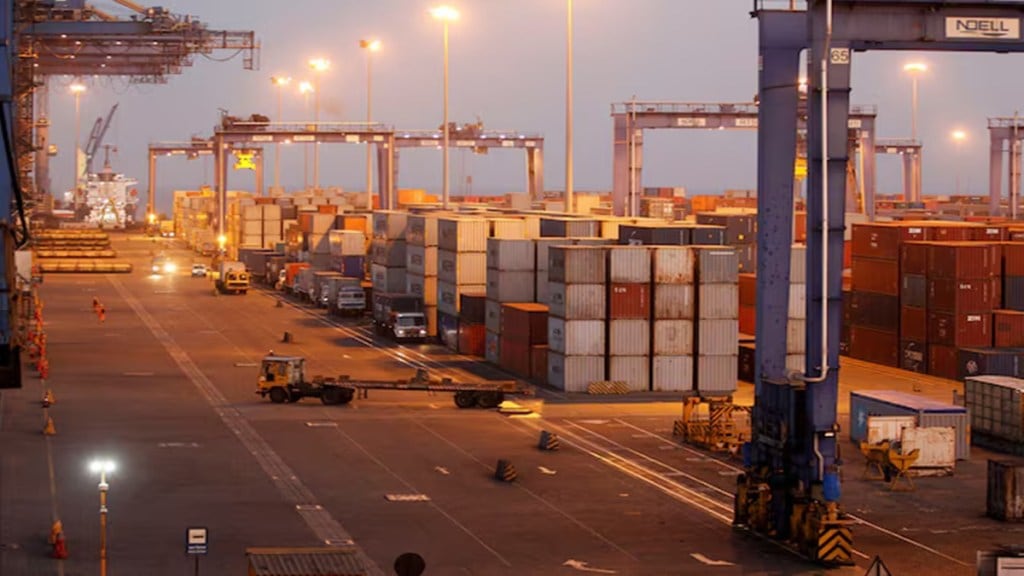India and the United States have agreed to initiate sectoral discussions under the proposed Bilateral Trade Agreement (BTA) in the coming weeks, the Ministry of Commerce announced on Saturday. This decision follows a four-day negotiation between senior officials from both nations, which concluded in New Delhi.
The Ministry stated that “sectoral expert-level engagements under the BTA will start virtually in the coming weeks and pave the path for an early negotiating round in person.” The discussions aim to foster economic growth, ensuring fairness, national security, and job creation. Both sides are working towards finalising the first tranche of the agreement by fall 2025.
Key areas of discussion
The recent negotiations focused on deepening bilateral cooperation in several priority areas, including enhancing market access, reducing tariff and non-tariff barriers, and integrating supply chains in a mutually beneficial manner. The US delegation, led by Assistant US Trade Representative for South and Central Asia Brendan Lynch, engaged in comprehensive discussions with Indian officials.
The meeting follows Indian Commerce and Industries Minister Piyush Goyal’s visit to Washington in early March, during which he met US Trade Representative Jamieson Greer and Commerce Secretary Howard Lutnick. Subsequent video conferences have further strengthened trade engagement between the two countries.
The successful conclusion of these discussions marks progress in expanding India-US trade and investment relations. The goal is to create new business opportunities, drive bilateral economic integration, and reinforce the economic partnership between the two nations.
“India and the US expressed satisfaction with the outcomes of the meeting and reaffirmed their dedication to ongoing collaboration. Both sides look forward to building on this milestone in the coming months to finalise the BTA, ensuring it aligns with the shared goals of prosperity, resilience, and mutual benefit,” the Commerce Ministry stated.
Tariff concerns and market access
US President Donald Trump’s recent remarks on trade negotiations underscored his administration’s focus on reciprocal tariffs. Trump has repeatedly criticised India’s tariff structure and has announced plans to impose additional tariffs on key trading partners, including India, starting April 2.
India and the US aim to more than double bilateral trade from the current $190 billion to $500 billion by 2030. The US has demanded duty concessions on industrial goods, automobiles, wines, petrochemicals, and agricultural products. India, in turn, is seeking tariff reductions for labour-intensive sectors such as textiles.
Concerns from Indian exporters
Indian exporters have urged the government to seek exemptions from the proposed US tariffs, as these could severely impact trade. In response to US pressure, India recently reduced import duties on bourbon whiskey and certain varieties of wine from 150% to 100%.
The 2025 Budget also includes reductions in customs duties on motorcycles and synthetic flavoring essences, benefiting American exports. Additionally, India has removed the equalization levy on major US tech companies.
India’s trade with the US
In 2023-24, the US was India’s largest trading partner, with bilateral trade reaching $119.71 billion. India’s exports to the US stood at $77.51 billion, while imports from the US totaled $42.19 billion, resulting in a trade surplus of $35.31 billion for India.
India’s key exports to the US included pharmaceuticals, telecom equipment, petroleum products, jewelry, and textiles. On the other hand, India’s imports from the US comprised crude oil, petroleum products, coal, machinery, aircraft, and gold.
India has also received $67.8 billion in foreign direct investment (FDI) from the US between April 2000 and September 2024, underscoring the deep economic ties between the two nations.
While the US is pushing India to open its agricultural sector to American businesses, experts believe that India is unlikely to include politically sensitive sectors like dairy and agriculture in the negotiations. The US exported $1.6 billion worth of agricultural products to India in 2024, including almonds, pistachios, apples, and ethanol.
(With inputs from PTI)

